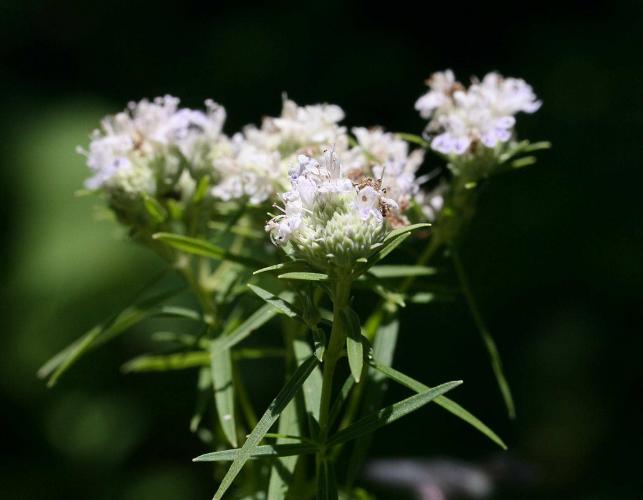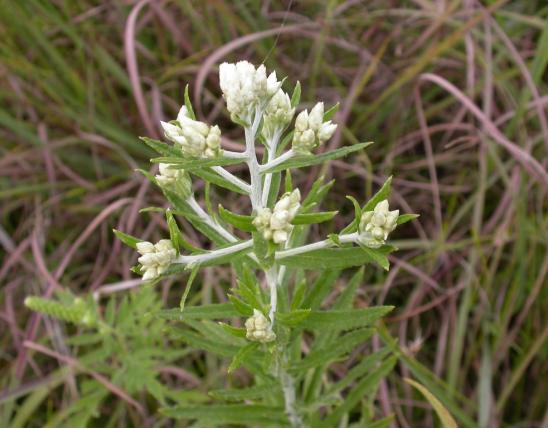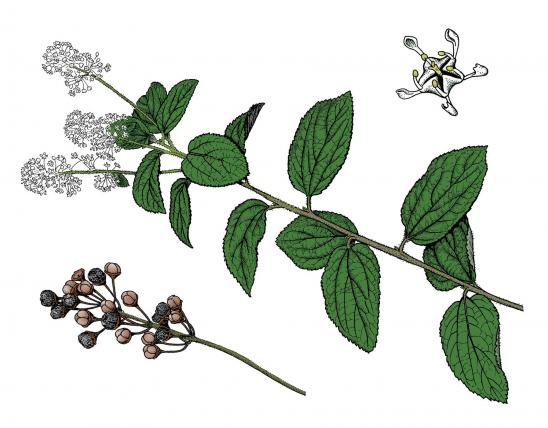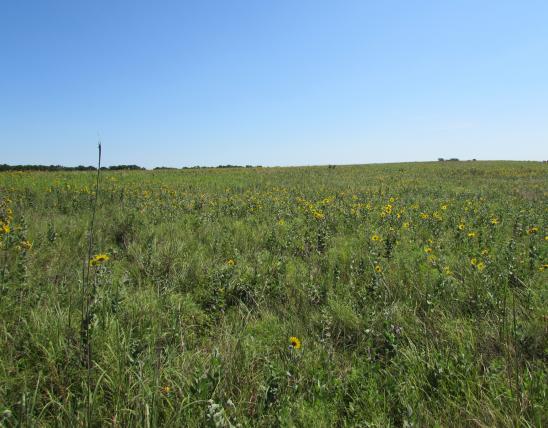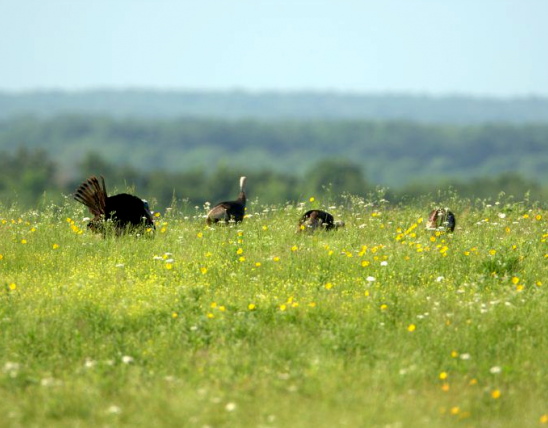
A much-branched perennial with smooth, square stems. Flowers in dense, half-round heads, minute, white or sometimes very light lavender with purple spots, with long, nearly linear bracts below the heads and very short bracts subtending the flowers. Upper lip not lobed; lower lip with 3 distinct lobes. Blooms June–September. Leaves many, opposite, linear, almost needlelike, commonly about 1½–2 inches long and not more than ¼ inch wide. All parts of the plant have a strong mint scent; some say it smells like sage.
Similar species: There are 6 species of mountain mints (genus Pycnanthemum) recorded in Missouri. Hairy mountain mint (P. pilosum) is quite hairy and its leaves are wider, with hair on the underside. It occurs in the same habitat. Common mountain mint (P. virginianum) has hairs on the stem angles and has leaves that are more than ¼ inch wide. It is more common in moist or wet areas.
Height: to 3 feet.
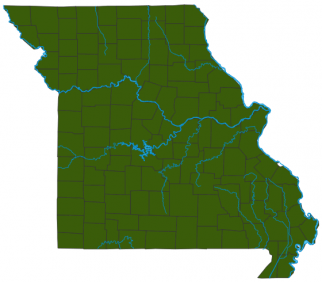
Statewide.
Habitat and Conservation
Despite its name, this plant usually occurs in dry, open rocky woods, dry prairies and fields, along roadsides, streamsides, and in open, wet thickets.
Human Connections
This species makes an interesting addition to the herb garden and can be used for seasoning food. It can be used for other landscaping uses, too, though it can be an aggressive grower. Native Americans used the plant medicinally and for baiting mink traps.
Ecosystem Connections
A long list of insects are attracted to the flowers: bees, wasps, flies, butterflies, skippers, beetles, and bugs. Oddly, the minty taste that makes the plant attractive to humans is a turnoff to herbivorous mammals, which generally leave this plant alone.
